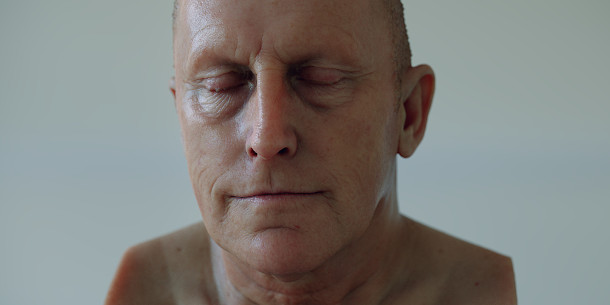Appleseed team releases appleseed 2.0
The appleseed dev team has just released version 2.0 of the open-source physically based renderer, adding the foundations of new non-photorealistic rendering and image post-processing systems.
The integration plugins for 3ds Max, Maya and Blender also get updates, adding support for interactive rendering in Blender, AOVs in Blender and Maya, and volumetric rendering and denoising in 3ds Max.
The start of new non-photorealistic rendering and post-processing pipelines
Appleseed 2.0 – despite the version number, it’s still in beta – adds the foundations of two major new feature sets: non-photorealistic rendering and image post processing.
The NPR system, shown in the video above, currently consists of an OSL toon shader and accompanying OSL closures, plus separate AOVs for the toon outlines and the shading fill between them.
The update also implements a colour map system, intended as the basis of a new post-processing pipeline.
At the minute, that really just means being able to render one of five false colour maps showing the relative luminance in an image; photometric luminance, radiance and/or irradiance may be supported in future.
In addition, users working on scientific visualisations can render relative luminance isolines.

Better subsurface scattering, new Albedo AOV and new Substance Painter-compatible shader
Several existing systems also get updates, with the random walk subsurface scattering system now supporting volume anisotropy and separate surface models for matte and glass-like materials.
The update also implements a new adaptive tile sampling system, superseding the old adaptive pixel sampler; and Arnold-style roughness clamping to reduce fireflies in scenes with glossy or reflective surfaces.
Changes improving interoperability with other pipeline tools include a new Albedo AOV, and a new OSL shader that matches the shading model in Substance Painter, for rendering PBR materials.
Updates to the 3ds Max, Blender and Maya plugins
The renderer’s integration plugins have also been updated, with a “major rearchitecture” of the Blender plugin adding support for interactive rendering and AOVs, and improving stability and performance.
The Maya plugin also now supports AOVs, plus colour and curve maps and render stamps; the 3ds Max plugin now supports volumetric rendering and denoising.
Availability and system requirements
Appleseed 2.0 is available for Windows Vista and above, Linux and Mac OS X 10.10+ under an MIT licence. The renderer is still officially in beta.
Integration plugins are available for 3ds Max 2016+, Blender 2.79+, Gaffer and Maya 2017+.
Read a full list of new features in appleseed 2.0
Read a more general overview of appleseed’s feature set on the project website
